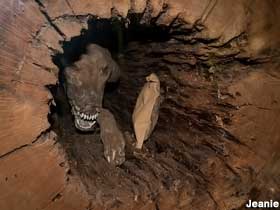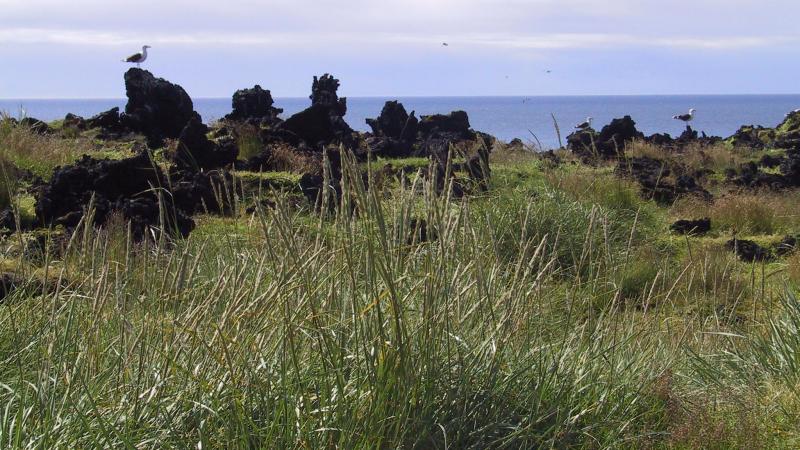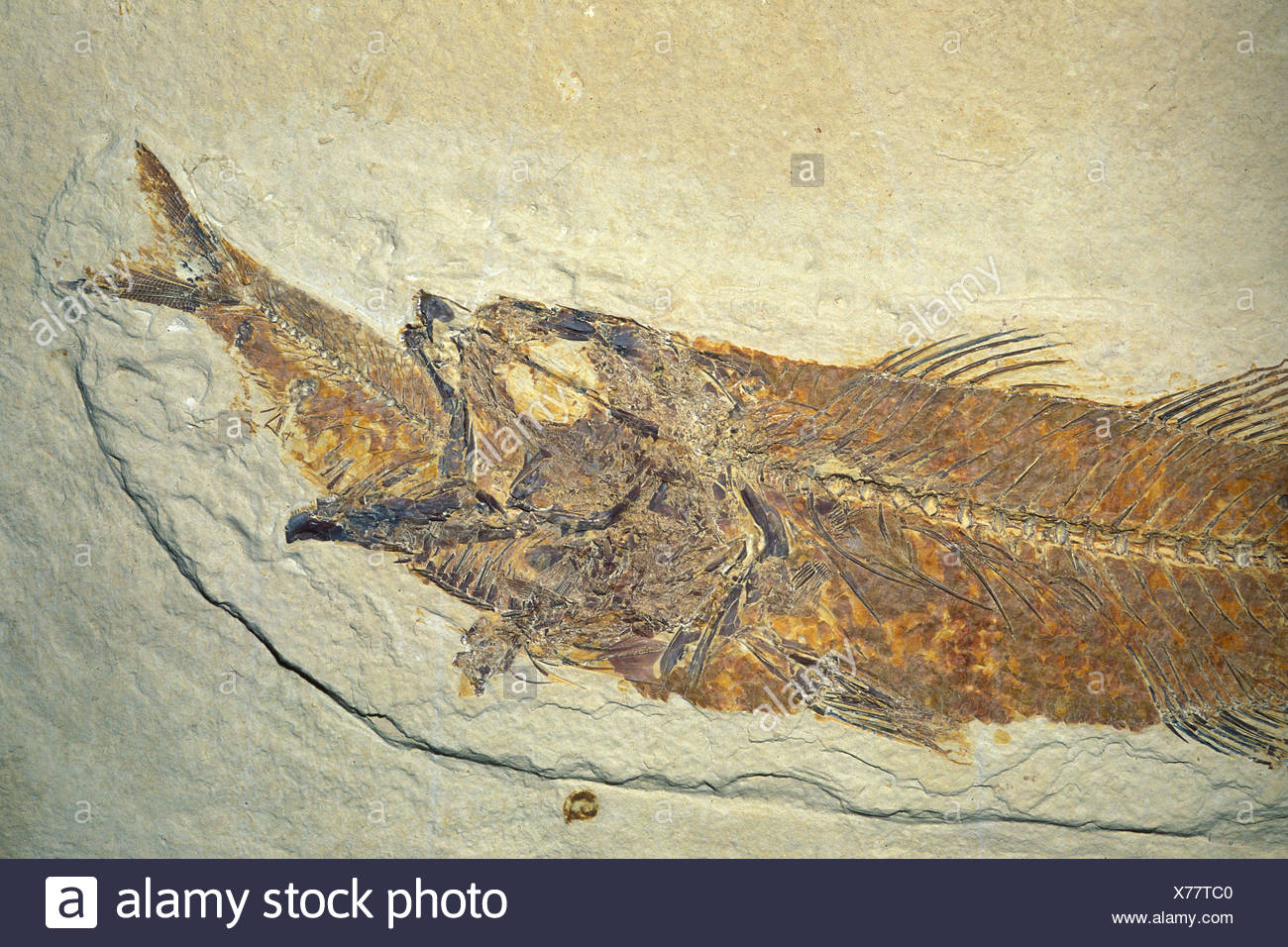One of the biggest gulfs that life has had to cross was the transition from sea to dry land.
Fish have conical shaped heads, reptiles have flat heads. Fish have no necks; their heads are attached to their shoulders by a series of bony plates. Land-dwelling animals all have necks; their heads can move independently of their shoulders. Fish have scales and fins, land animals have limbs with fingers, toes wrists and ankles. Fish use gills to breathe under water, land-living animals have lungs to breathe air.
These sound like insurmountable problems, but if evolution is true there must have been creatures that made the leap successfully. In 2004 Neil Shubin and his team set themselves the challenge of finding exactly this transitional fossil. What they discovered was astonishing.
Their success was not entirely down to good luck. The critical time period was already known. Fossils from rocks 385 million years old all look like fish, younger rocks dated at 365 million years old reveal fossils that are all recognisably amphibian or reptile. To find a relative of the transitional species between fish and land-dwelling animals Shubin knew he had to concentrate on rocks that were 375 million years old, preferably laid down in an ancient river or stream and which were now exposed on the surface.
Initially Shubin and his colleague Ted Daeschler were looking at Alaska and the Yukon as a potential site but when Daeschler examined a geological map he came across a diagram that that in Shubin’s words took their breath away. It showed a region in of the Canadian Arctic that fulfilled all the criteria they were looking for. It had a large layer of exposed Late Devonian rock of exactly the right age. The rock had been formed in a freshwater delta and even better it was previously unexplored by vertebrate paleontologists.
In the end it took four expeditions to Ellesmere Island over a period of six years to find what they were looking for, but when they did it exceeded all expectations. It would hardly be possible to make up a fossil more perfect as a transition between fish and land-living animals than Tiktaalik.
Like a fish it has scales on its back, gills and fins with webbing for paddling. Unlike any fish it has a flat head with eyes on top like a crocodile as well as sharp teeth and well developed jaws. It also has ribs, lungs enabling it to breathe out of water as well as a neck that allowing it to move its head independently of its shoulders.
The most interesting feature of Tiktaalik is in the bones inside its front fins. As well as fish-like ray bones it has an arrangement of sturdy bones that you would recognise from any tetrapod alive today. Think about the bones of your limbs, we have a large bone – humerus or femur; two smaller bones – radius and ulna or tibia and fibula; a collection of smaller bones – carpals or tarsals and then our digits – fingers or toes. All limbed creatures from whales to penguin to birds and horses have variations of the same basic arrangement. Here, 375 million years ago was a descendant of a fish that had already evolved this body plan. The joints are all there too with a shoulder, elbow and wrist.
 .....
..... 
When the details were studied more closely something astonishing was discovered. The structure of the bones in Tiktaalik’s wrist indicated that he could do push-ups. The elbow was capable of bending like ours and the wrist could bend so the lower end of the limb was flat on the ground. Close examination of the shoulder bones and the underside of the upper arm revealed massive crests and scars where large pectoral muscles attached.
Imagine Tiktaalik, up to 9 feet long in shallow pools surrounded by even bigger predators. It was a fish-eat-fish world. One survival strategy was to get bigger and get armour, Tiktaalik stumbled on an alternative – get out the water.
Look at your hand, open and close your fingers, flex your wrist back and forward. You are using joints that first appeared inside the fins of a fish like Tiktaalik.
This is only one story about transitional species - there are plenty more. The lineages leading to modern whales and horses are particularly rich in transitional forms. What makes this story so amazing is that Shubin and his team didn’t just stumble on Tiktaalik. They used what was already known about evolution and geology to make a prediction. They knew that the transition from fish to land happened 375 million years ago. They knew where rocks of this age were to be found and they went to that place and found precisely what they predicted must exist.
Contrary to creationist claims there is an embarrassment of riches of fossils but Tiktaalik ranks as an A-List celebrity in the zoo of ancient creatures.



